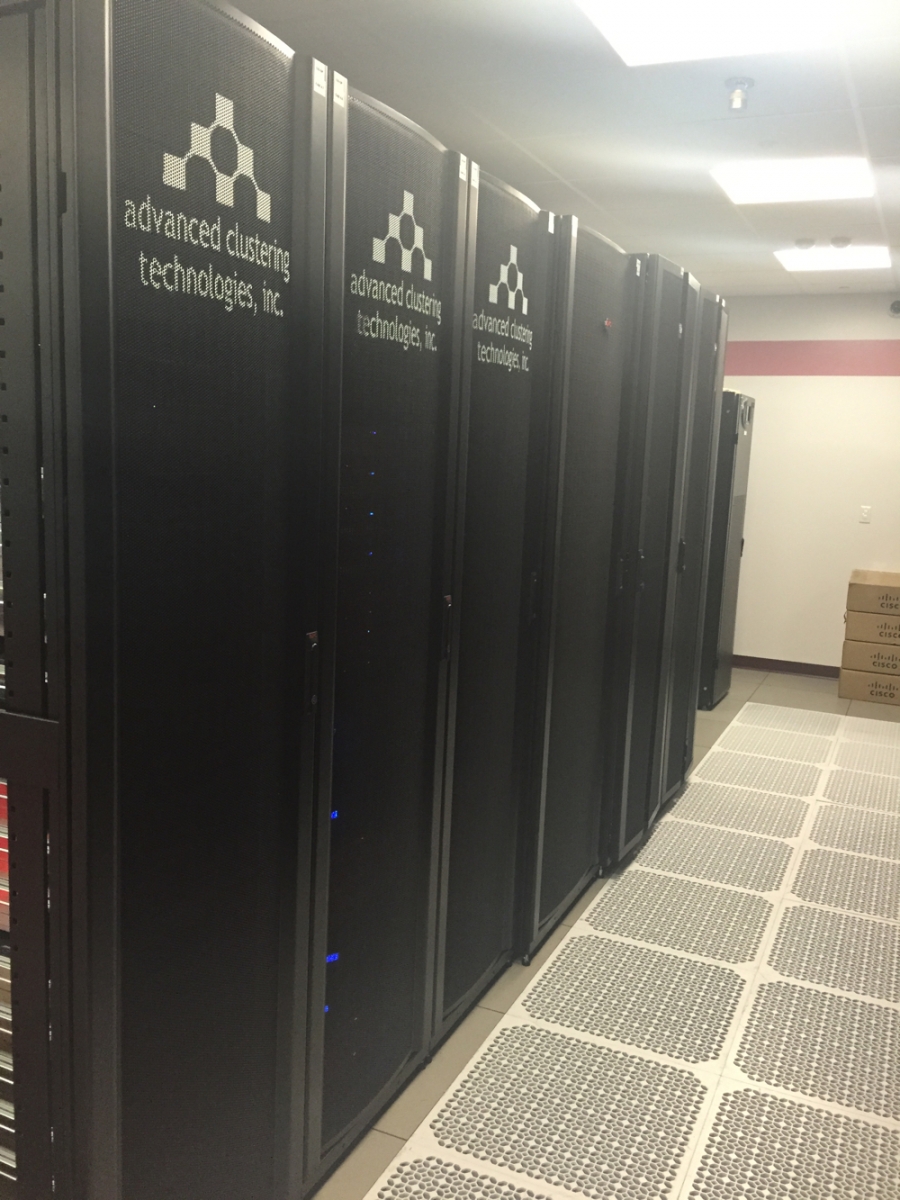

Therefore, software is needed to allocate a certain number of servers, GPUs if needed, network bandwidth, and storage capabilities and capacities.

A massive supercomputer will rarely have the entire system dedicated to a single application. Orchestration: Setting up a part of a large cluster can be challenging.The application must be architected to keep the overall system busy to ensure the high-performing infrastructure offers a high return on investment. This complexity lies not just in the mathematics underlying the simulation, but also in the reliance on highly tuned libraries to manage the networking, work distribution, and input and output to storage systems. Application Software: Software that simulates physical processes and runs across many cores is typically sophisticated.The network must handle this server-to-server and server-to-storage system communication by design. Each core that is performing computations may need to communicate with thousands of other cores and request information from other nodes. Networking: Communications between the servers and storage devices should not limit the overall performance of the entire system.HPC storage is a key component of any smooth and efficiently run high-performance computing cluster. In large installations, the amount of online hot storage may be in the Petabyte range. As the application runs, more of these descriptions may merit investigation, requiring a low latency and high bandwidth storage infrastructure. For example, when simulating the interaction of different drug molecules, thousands of molecular descriptions will have to be ingested at once. Depending on the algorithm, the application may require more data as it runs as well. Storage: Massive amounts of data are needed to start a long-running simulation or keep it running.Since each core may need to store recently computed information, the demands on the storage device may increase as core counts increase. Modern servers contain two to four sockets (chips), each with up to 64 cores. Periodically the resulting answers or partial answers must be communicated with the other calculations or stored on a device. Over the past 20 years, most algorithms have been parallelized, meaning the overall problem is broken up into many parts, with each run on a separate computer or core. Compute: The compute portion of an HPC system runs the application, takes the data given to it, and generates an answer.The infrastructure of an HPC system contains several subsystems that must scale and function together efficiently: compute, storage, networking, application software, and orchestration. In 2023, HPC storage alone will grow from an estimated $5.5B in 2018 to $7.8B. The market for HPC servers, applications, middleware, storage, and service was estimated to be $27B in 2018 and will grow at a 7.2% CAGR to about $39B in 2023. For this reason, there is a range of HPC storage solutions available today. Many organizations may use HPC in multiple industries, which demands flexibility in computing, storage, and networking. Given the breadth of domains using HPC today, a flexible solution for a range of computing services, storage, and networking requirements is what many organizations require to design and implement efficient infrastructure and plan for future growth. HPC is now integrated into many organizational workflows to create optimized products, offer insights into data or execute other essential tasks. Leaders across diverse industries such as energy exploration and extraction, government and defense, financial services, life sciences and medicine, manufacturing, and scientific research are tackling critical challenges using HPC computing. Part 3: HPC Storage Use Cases Introduction to High-Performance Computing (HPC) and HPC Systems Part 2: What is HPC Storage & HPC Storage Architecture

Part 1: Introduction to HPC & What is an HPC Cluster?
#High performance computing clusters series#
This is a 3-part series on High-Performance Computing (HPC):


 0 kommentar(er)
0 kommentar(er)
